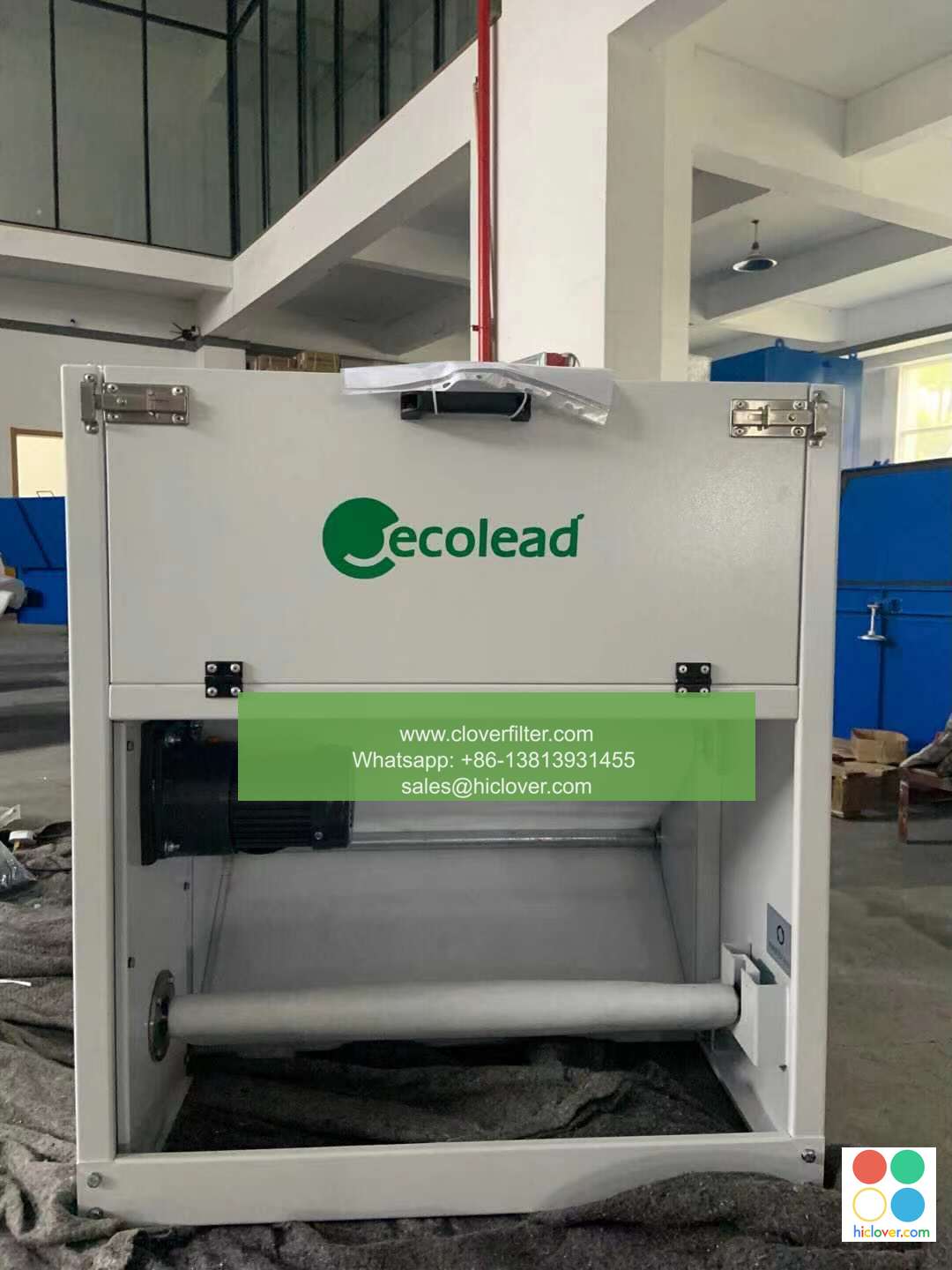The Evolution of Air Filter Standards: A Historical Perspective

The Evolution of Air Filter Standards: A Historical Perspective
Air filtration has been a crucial aspect of human life, dating back to ancient times. The use of air filters has evolved significantly over the years, driven by advances in technology, changes in environmental regulations, and increased awareness of indoor air quality (IAQ). This article provides a historical perspective on the evolution of air filter standards, highlighting key milestones, technological advancements, and applications.
Early Beginnings (1800s-1920s)
In the 19th century, air filters were primarily used for industrial processes, such as textile manufacturing and chemical processing. The first air filters were coarse, made of cotton gauze or muslin, and were used to remove impurities from compressed air. These early filters were relatively simple and relied on basic mechanisms like gravity and molecular sieving to separate particles.
The Rise of Activated Carbon (1920s-1950s)
The 1920s saw the introduction of activated carbon, which quickly became a widely used material for air filtration. Activated carbon’s high surface area and adsorption capabilities made it an effective way to remove gases, odors, and volatile organic compounds (VOCs). This period also saw the development of new filter designs, including pleated and-pocket filters, which improved airflow and capture efficiency.
Advances in Filtration Technology (1950s-1980s)
The 1950s and 1960s saw significant advancements in filter design and materials, including the introduction of synthetic fibers like fiberglass and polyester. These materials offered improved strength, durability, and chemical resistance compared to natural fibers. The 1970s and 1980s witnessed the rise of electronic air cleaners, which used electronic chargers to attract and trap particles.
Modern Era (1990s-Present)
The 1990s and 2000s saw the development of more sophisticated filter technologies, including:
- HEPA (High-Efficiency Particulate Air) filters: Designed to capture 99.97% of particles as small as 0.3 microns, HEPA filters have become a standard in many air cleaning applications.
- In-line filtration systems: These systems use multiple stages of filtration, including HEPA filters, to provide high-efficiency air cleaning.
- Smart filters: Equipped with sensors and monitoring systems, smart filters can detect and respond to changes in indoor air quality, optimizing filtering performance.
Key Applications and Regulations
Air filters have numerous applications in various industries, including:
- Industrial processes: Manufacturing, chemical processing, and power generation
- HVAC systems: Heating, ventilation, and air conditioning systems
- Residential: Homes, offices, and commercial buildings
- Healthcare: Hospitals, clinics, and medical facilities
- Automotive: Air conditioning systems in vehicles
Regulatory bodies and standards organizations, such as the United States Environmental Protection Agency (EPA), the American Society of Heating, Refrigerating, and Air-Conditioning Engineers (ASHRAE), and the International Society of Automation (ISA), play a crucial role in setting standards for air filter performance, safety, and efficiency.
Conclusion
The evolution of air filter standards has been shaped by technological advancements, environmental concerns, and regulatory requirements. Today, air filters are a vital component of many industries, providing improved indoor air quality, increased efficiency, and enhanced health and safety. As research continues to advance, we can expect even more sophisticated filter designs and materials to emerge, further improving the effectiveness of air cleaning systems worldwide.
Key Takeaways
- Air filters have evolved significantly over the past century, driven by technological advancements and changing regulations.
- Various applications, including industrial processes, HVAC systems, residential, healthcare, and automotive, rely on air filters for improved indoor air quality and safety.
- Regulatory bodies and standards organizations play a crucial role in setting guidelines for air filter performance, safety, and efficiency.
It seems you’ve sent an empty prompt! Please go ahead and provide a prompt or ask a question, and I’ll do my best to help you out! What’s on your mind?


